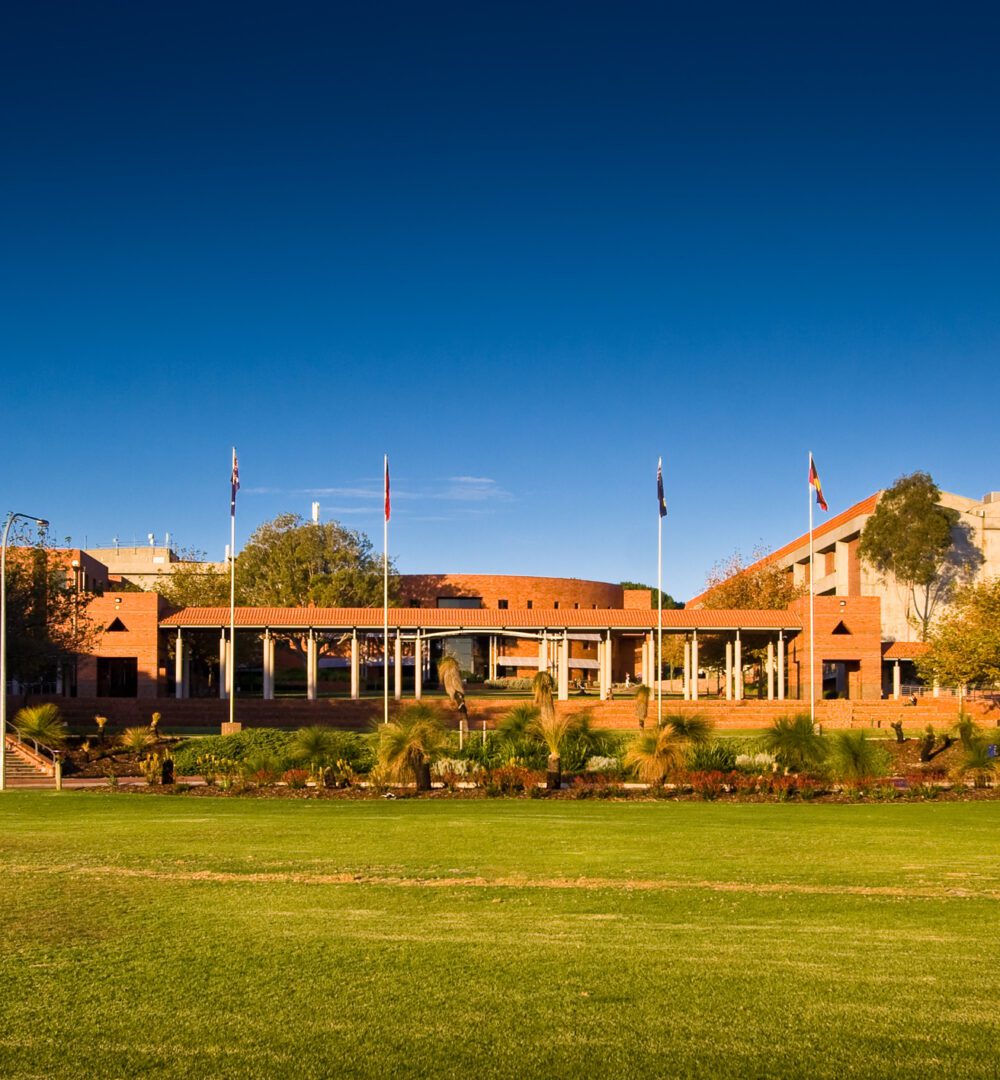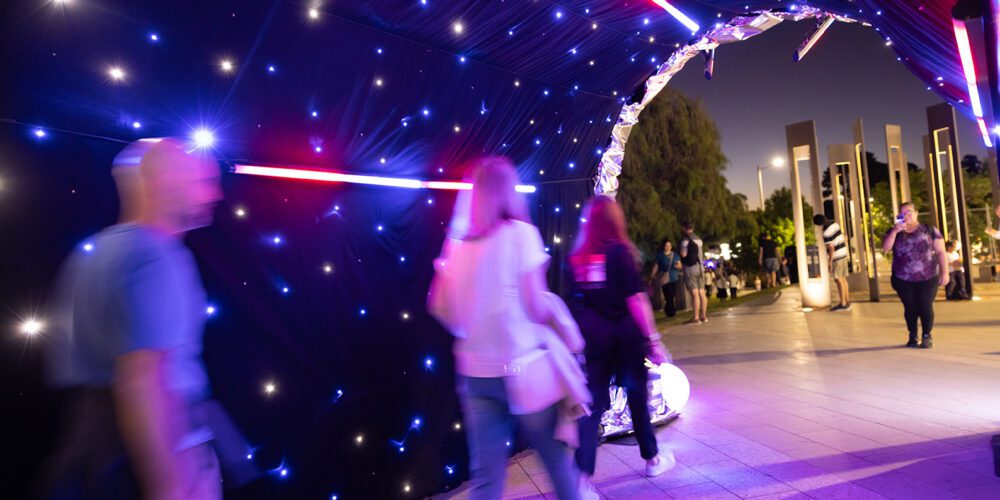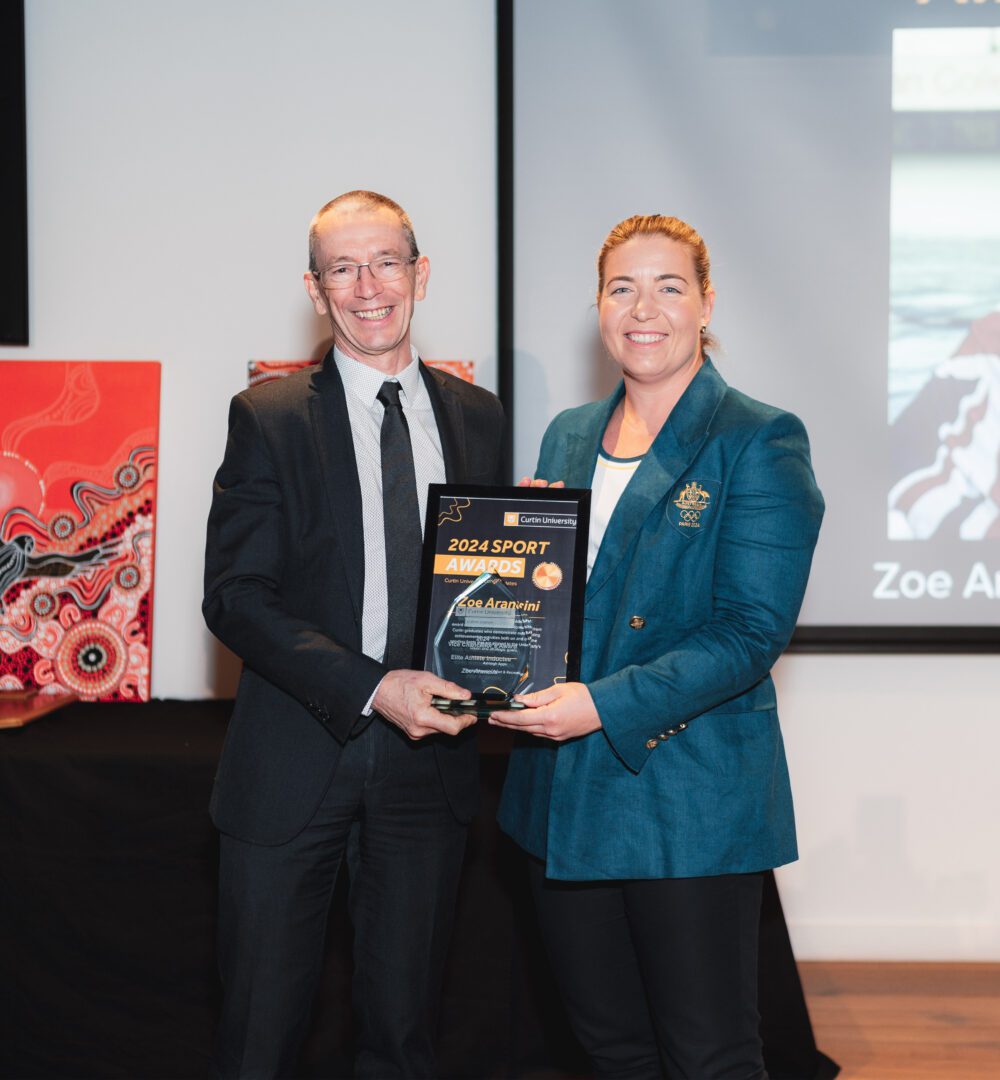Curtin astronomy leader honoured at Western Australian of the Year Awards

Curtin Institute of Radio Astronomy Executive Director John Curtin Distinguished Professor Steven Tingay has been recognised for his immense contribution to the State at the 2024 Western Australian of the Year Awards.
Professor Tingay was named winner of the APM Professions award at a gala event at Crown Perth last night.
Curtin University Chancellor Dr Vanessa Guthrie was also acknowledged, being named a finalist in the Chamber of Minerals and Energy WA Business Award category.
Curtin Vice-Chancellor Professor Harlene Hayne congratulated Professor Tingay on his award, saying the honour was thoroughly deserved.
“Professor Tingay’s tireless work positioning the State as a global astronomy leader has had a profound impact on Western Australia,” Professor Hayne said.
“Thanks to Professor Tingay, many more Western Australians are able to pursue their academic dreams and life goals in their home state.
“The Curtin community couldn’t be prouder and we offer our heartfelt congratulations for this wonderful achievement.”
Professor Tingay was instrumental in WA securing half of the multi-billion-dollar international Square Kilometre Array project, which will see the State play a pivotal role in better understanding the universe.
As well as uncovering the mysteries of the cosmos, the project will deliver extensive benefits for WA’s society and economy.
Professor Tingay is also committed to merging science with cultural and educational outreach, which has seen him collaborate with Indigenous communities on various art projects.
He aims to inspire the next generation of astronomers through speaking engagements, school visits and more.
“It’s a great honour to receive this award, from among an amazing group of Western Australians,” Professor Tingay said.
“I’m really proud and I reflect on all the support I’ve had over the years from family and colleagues.
“I’m also really pleased that the award shines a light on Western Australia’s international leadership in astronomy and astrophysics.”



